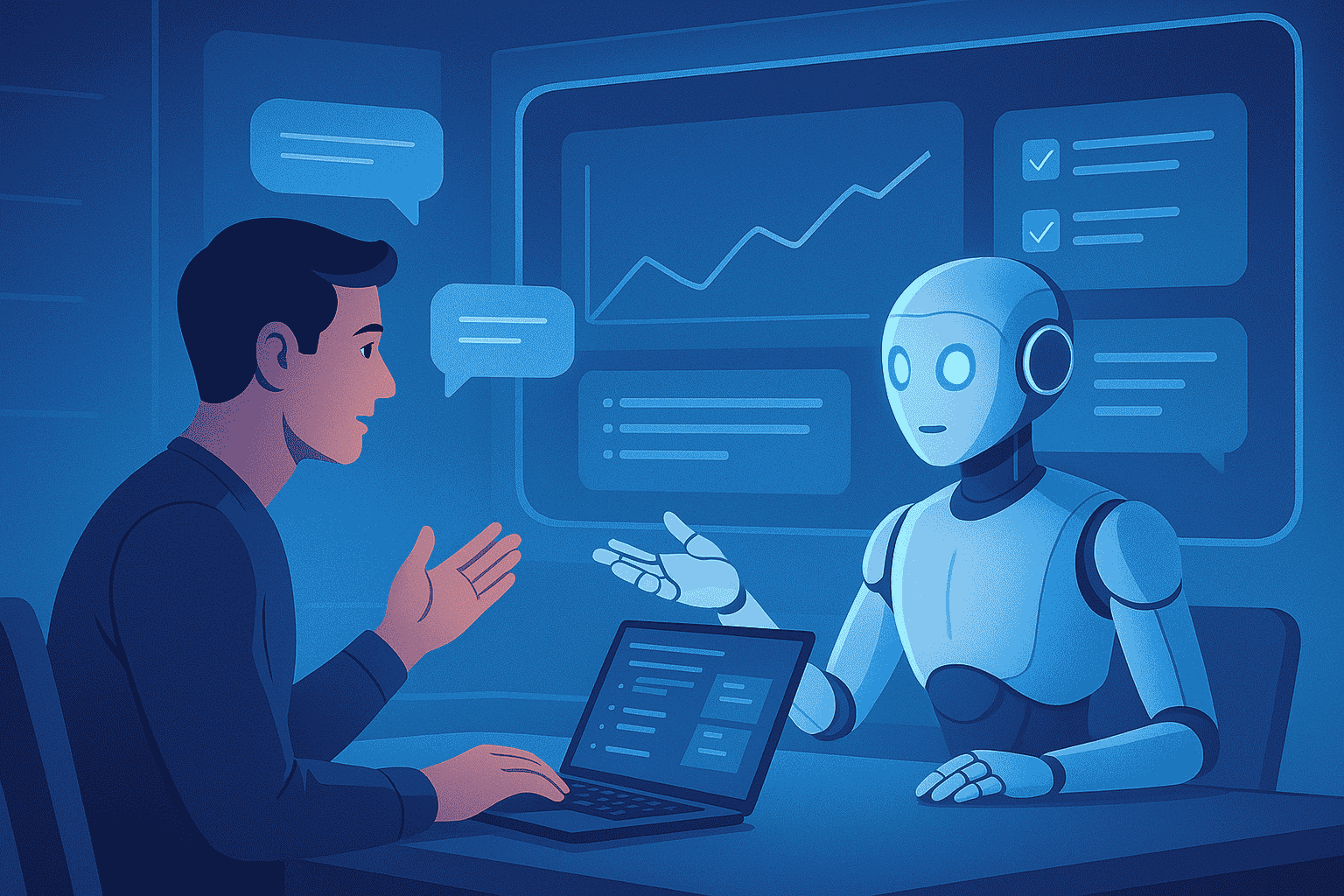The age of robotic process automation (RPA) brought relief to enterprises seeking speed and efficiency in repetitive tasks. But as business complexity and data volumes soar, traditional automation hits its limits. Enter AI Agents — autonomous systems capable of reasoning, adapting, and executing tasks with minimal human intervention. This isn’t just an upgrade; it’s a paradigm shift. AI agents are intelligent systems that can perceive context, reason over goals, make decisions, and act — often iteratively — using tools, APIs, or other agents. They are driven by Large Language Models (LLMs) and frameworks like LangChain, CrewAI, AutoGPT, or OpenAgents. Unlike static automation flows, AI agents: Understand natural language inputs Reason over dynamic data Modify their behavior in real time Learn from failures using memory or feedback loops RPA and traditional tools like Zapier, PowerAutomate, and UiPath are rule-based and static. They: Require strict templates and pre-defined steps Break easily when context or data changes Need frequent human maintenance Can’t handle open-ended goals or reasoning As enterprise use cases evolve, these rigid systems often create more technical debt than they resolve. Here’s how AI agents change the game: Customer Support Agent Understands queries → pulls documentation → replies with summaries → raises tickets if needed. Sales Enablement Bot Listens to call notes → updates CRM → drafts follow-up emails → books meetings. Document Processing Agent Reads invoices → extracts line items → checks contract terms → flags anomalies. DevOps Assistant Monitors logs → detects error patterns → rolls back builds → notifies relevant teams. Organizations are moving away from hardcoded workflows to resilient, intelligent automation. Benefits include: Faster time to market Improved accuracy and uptime Reduced operational overhead More human-like interfaces (chat, voice, emails) AI agents are not just workers; they are co-pilots in enterprise success. At NiDA AI, we build tailored AI agents for businesses across sectors — from healthcare and finance to manufacturing and SaaS. We help you: Identify automation bottlenecks Design multi-agent AI workflows Deploy secure, scalable LLM-based solutions Integrate agents with your CRM, ERP, and internal tools Whether you're replacing Zapier flows or building complex document agents — we’ve done it. The future of automation isn't about doing tasks faster — it’s about doing them smarter. If your business is still relying on pre-scripted workflows, it's time to upgrade to intelligence. Want to explore how AI agents can transform your enterprise workflows? Would you like me to generate another image showing real-world use cases of AI agents or an agentic architecture diagram to enrich this post further?Introduction
What Are AI Agents?
Traditional Automation: Where It Falls Short
AI Agents: Redefining Enterprise Workflows
Feature
Traditional Automation
AI Agents
Flexibility
Rigid and rule-based
Dynamic, context-aware
Reasoning
None
LLM-based multi-step logic
Adaptability
Fails on edge cases
Self-corrects with feedback
Inputs
Structured only
Structured + unstructured
Task Scope
Narrow
End-to-end workflows
Maintenance
High
Self-sustaining (with memory)
Visual: Traditional Automation vs AI Agent Workflow
Enterprise Use Cases of AI Agents
Why Enterprises Are Making the Shift
How NiDA AI Helps
Final Thoughts
👉 Let’s Talk
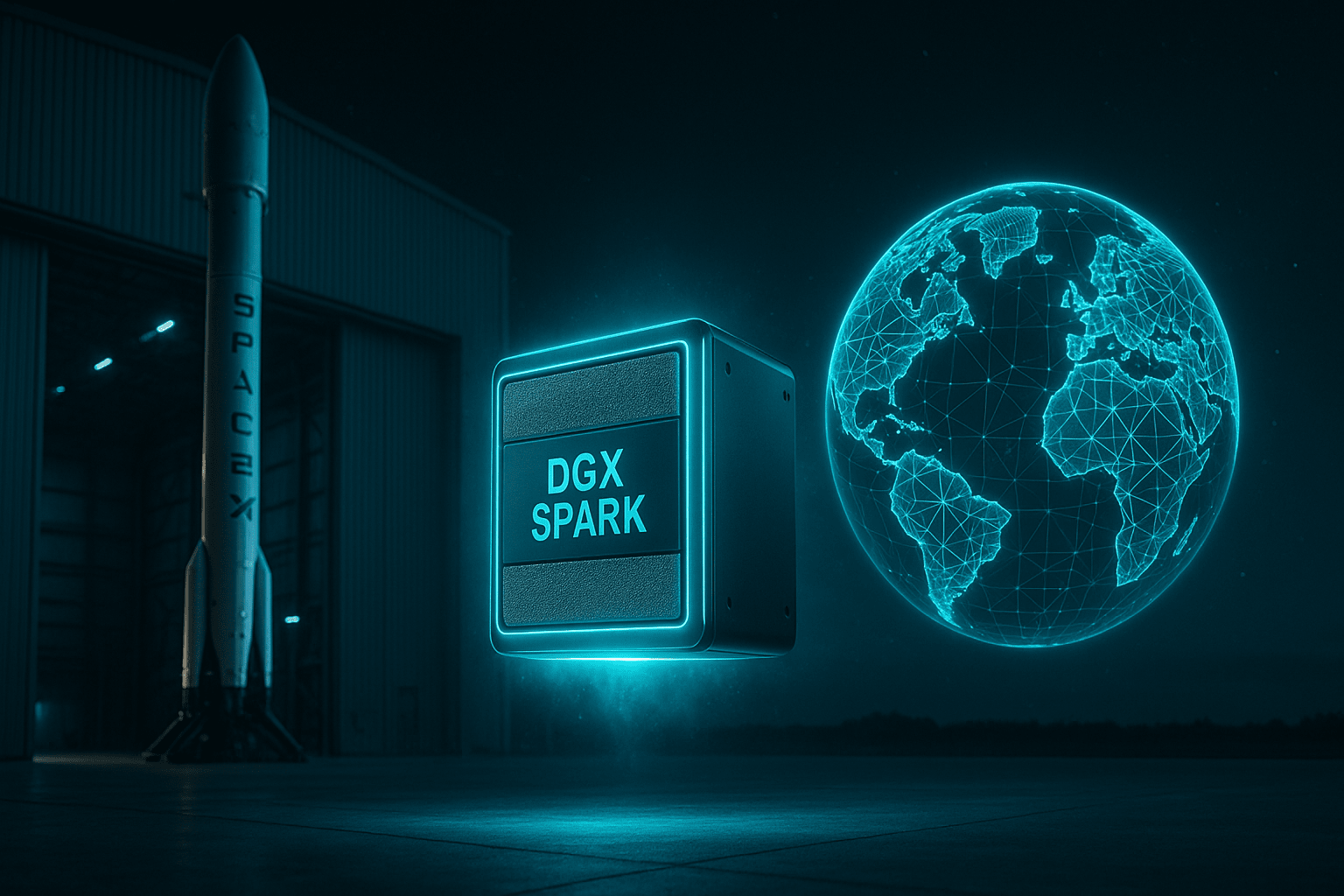
- By NiDA AI — Empowering Intelligence
- Oct 15, 2025
NVIDIA’s DGX Spark Isn’t Just for SpaceX — It’s the Blueprint for the Next Era of Edge Supercomputing
When NVIDIA CEO Jensen Huang personally delivered a DGX Spark AI supercomputer to Elon Musk at SpaceX’s Starbase..
Read Story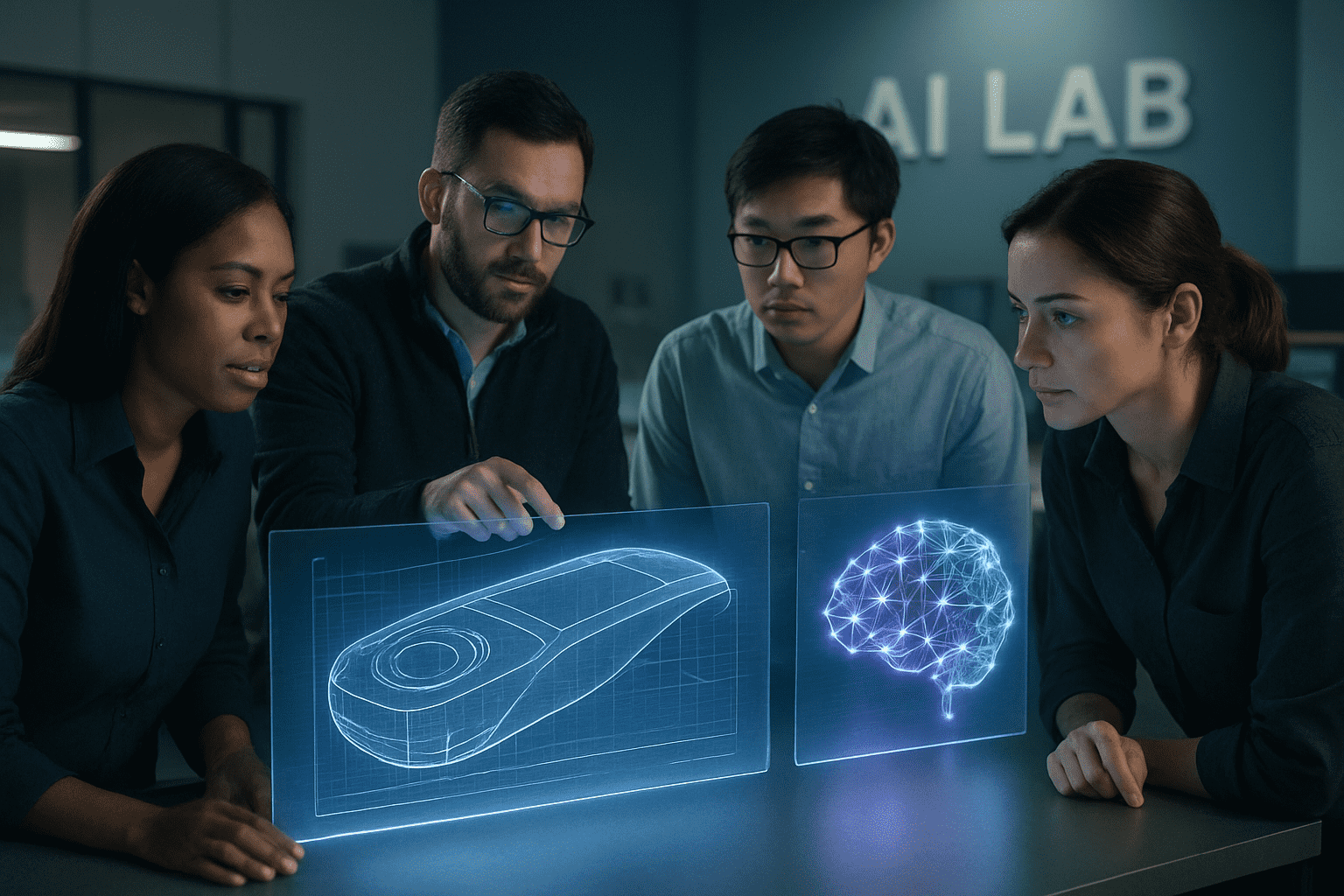
- By NiDA AI — Empowering Intelligence
- Oct 08, 2025
How to Turn Your Business Idea into a Market-Ready AI Product in 2025
We’re living in a time when every industry — from retail to healthcare — is asking the same question: “How can we build an AI product that actually works?”
Read Story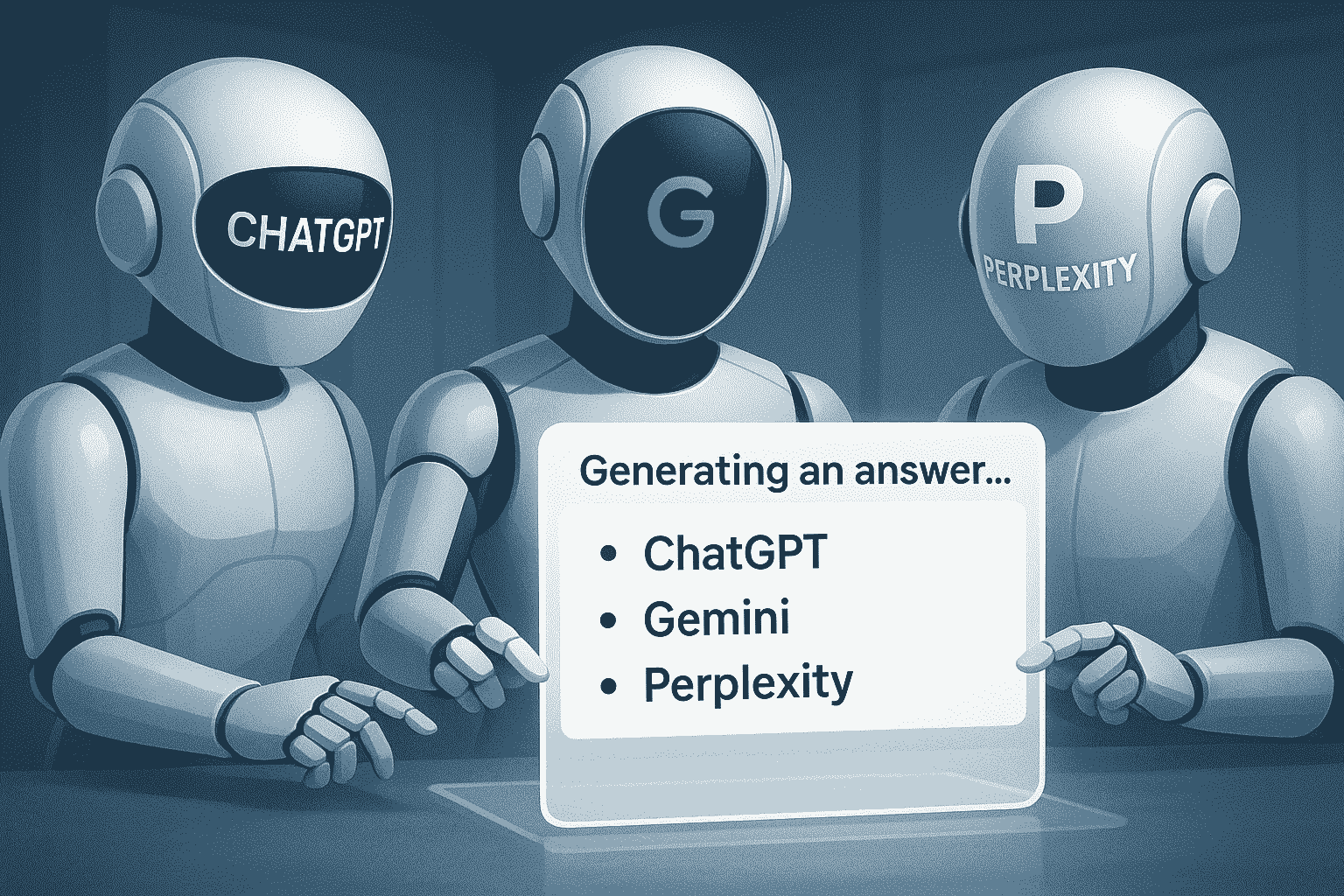
- NiDA AI
- Sep 27, 2025
Generative Engine Optimization (GEO): Winning Visibility in the AI-First Search Era
For decades, Search Engine Optimization (SEO) was the cornerstone of digital visibility. Marketers studied Google’s algorithms, optimized keywords, built backlinks, and chased “page one” rankings.
Read Story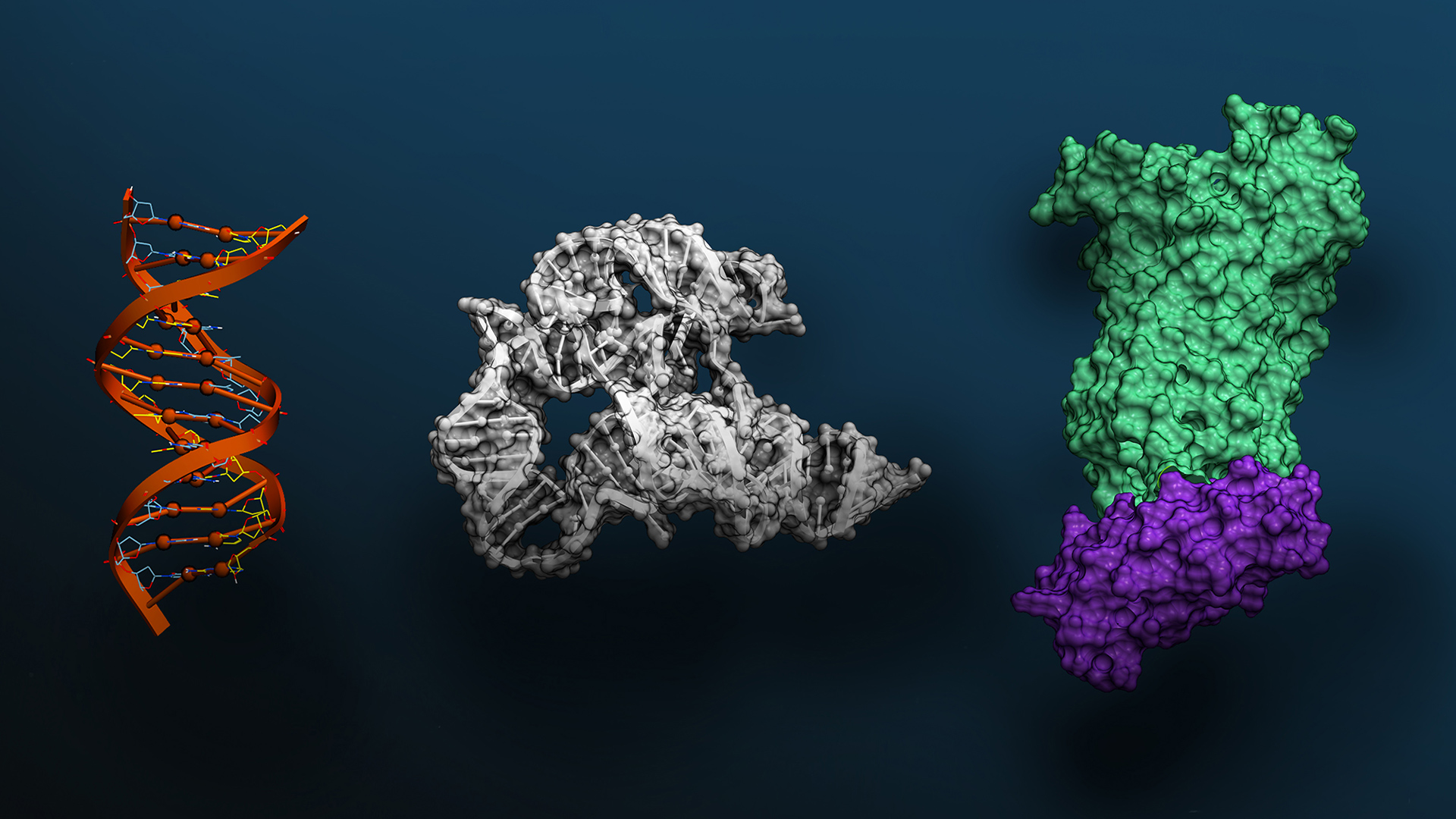
- NiDA AI
- Jul 12, 2025
NVIDIA’s Evo 2: The AI Model That Designs DNA from Scratch
The fusion of artificial intelligence and biology is accelerating at an unprecedented pace, and NVIDIA just took it to a whole new level. On February 19, 2025, NVIDIA, in collaboration with the Arc Institute and leading research organizations, unveiled Evo 2 — an AI model designed to analyze, predict, and generate DNA sequences from scratch.
Read Story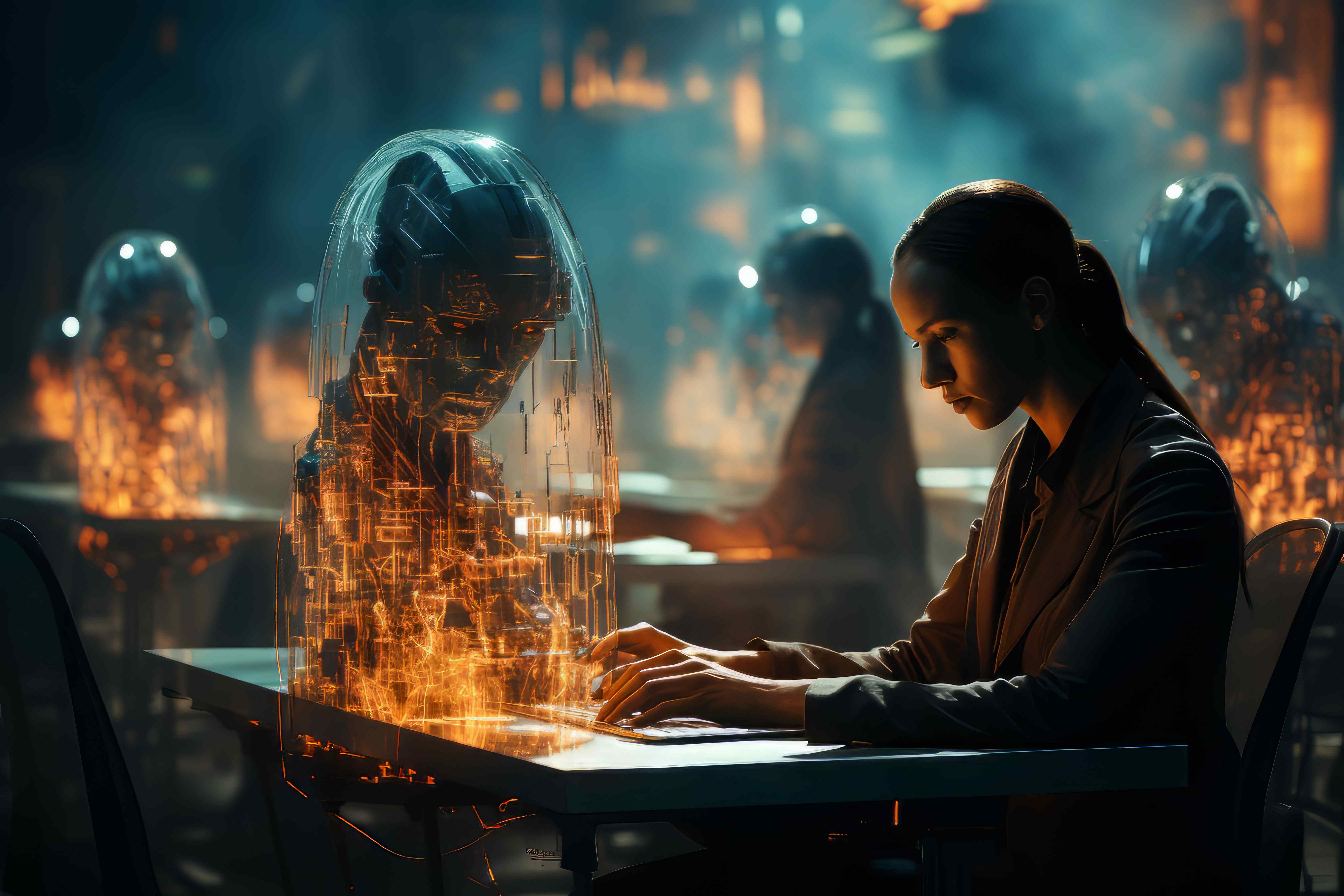
- NiDA AI
- Jul 11, 2025
Vibe Coding: A New Era of Code by Conversation
In the evolving world of software engineering, the future of development may no longer begin with a blank text editor—but with a conversation. Welcome to the world of Vibe Coding.
Read Story
- Juber Gandharv
- Feb 25, 2025
NVIDIA Jetson Nano & Orin: Unleashing Edge AI Power
NVIDIA’s Jetson Nano and Jetson Orin are more than just pieces of hardware — they’re a paradigm shift in deploying AI at the edge. Whether you’re prototyping a small-scale robotics project or designing autonomous systems for industrial applications, these platforms open up new possibilities for real-time, on-device intelligence.
Read Story
- Juber Gandharv
- Feb 22, 2025
Exploring Microsoft’s Majorana-1: The Quantum Revolution Unfolds
Microsoft’s Majorana-1 chip is an exciting glimpse into the future of computing — a future where the limits of classical machines are shattered by quantum innovation. While we’re not claiming any ownership over these developments, our aim is to spark conversation and curiosity about the next big leap in technology. Stay tuned as we continue to explore and share the most groundbreaking advancements in the tech world.
Read Story
- langchain
- Feb 13, 2025
Lang-Chain: How to do "self-querying" retrieval
A self-querying retriever is one that, as the name suggests, has the ability to query itself. Specifically, given any natural language query, the retriever uses a query-constructing LLM chain to write a structured query and then applies that structured query to its underlying vector store. This allows the retriever to not only use the user-input query for semantic similarity comparison with the contents of stored documents but to also extract filters from the user query on the metadata of stored documents and to execute those filters.
Read Story
- Nvidia Jetson Nano
- Feb 13, 2025
Running Generative AI applications using Metropolis Microservices on Jetson
Generative AI is enabling unprecedented use cases with computer vision both by redefining traditionally addressed problems such as object detection (eg: through open vocabulary support), and through new use cases such as support for search,and with multi modality support for video/image to text. The NVIDIA Jetson Generative AI Lab is a great place to find models, repos and tutorials to explore generative AI support on Jetson.
Read Story
- Thomas James Hogan
- Feb 02, 2025
The Dawn of Limitless AI: A Glimpse into the Future
The convergence of quantum computing, advanced reasoning systems, and integrative AI frameworks marks the beginning of a new chapter in human history. As these technologies mature and combine in novel ways, they promise to unlock human potential in ways previously confined to science fiction.
Read Story





